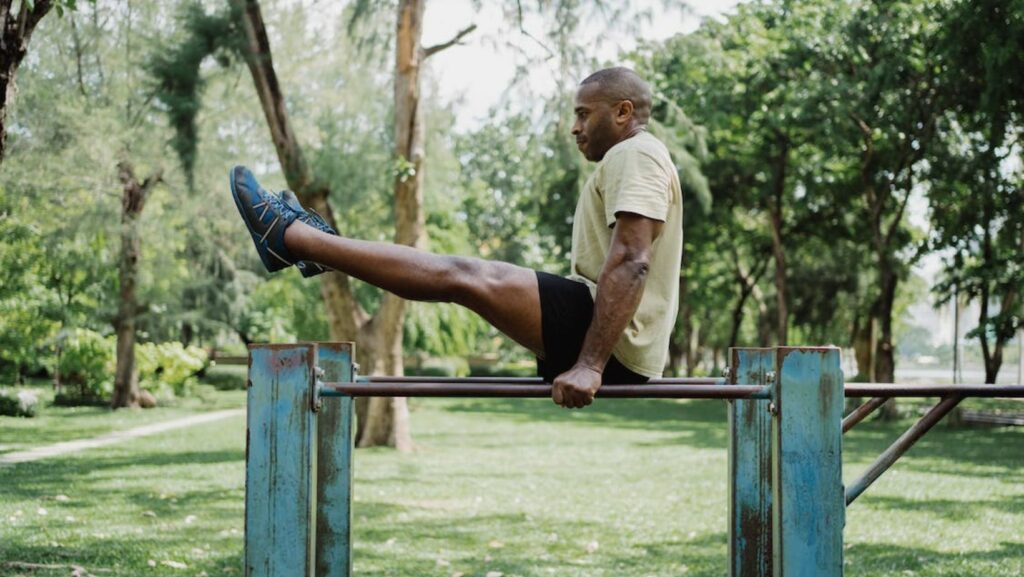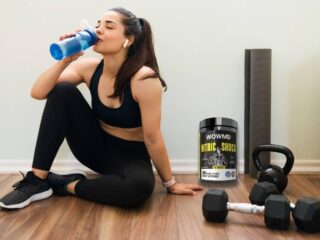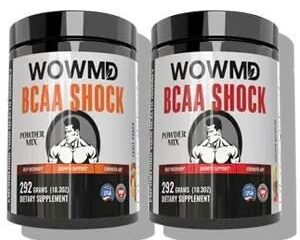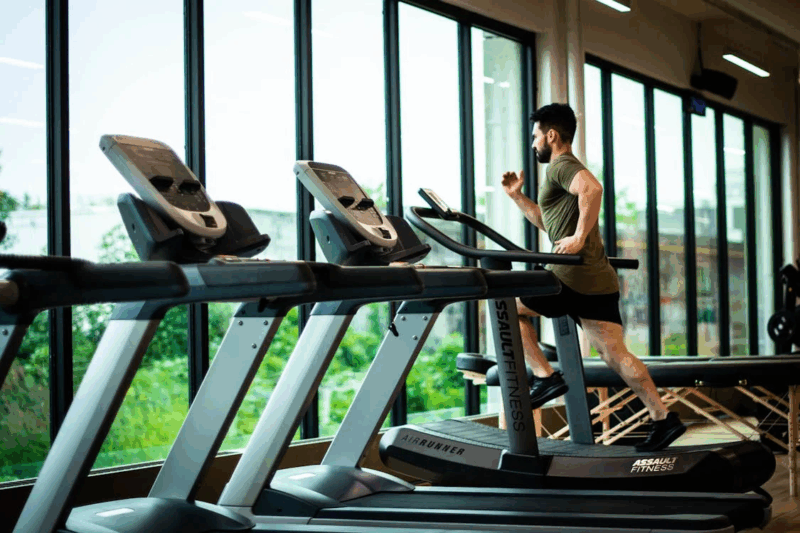
If you’re looking for a dynamic and effective way to take your fitness routine up a notch, dip bars are about to become your new best friend. These simple yet powerful exercise tools offer a multitude of benefits that can help you sculpt and strengthen your entire body in the process. See more about the dip bars on this page.
So, whether you’re just starting or you’re already halfway into your fitness journey, you may need a more challenging workout that can provide you with endless possibilities. Dip bars are going to target multiple areas and muscle groups at the same time, and they have the versatility that other forms of exercise can’t provide. Below is some information about them.
Basics on the Dips
Originally used in gymnastics, the dips have progressed to bodybuilding, and nowadays, they are popular for people who want bodyweight training. It includes the triceps as well as the front section of the deltoid muscle and the pectoralis major, and it can work on the anconeus muscle and a supporting musculature in the extensor digitorum and extensor carpi ulnaris. A side note though is that you need to be able to handle your body weight because dip bars require extensive effort. They are therefore well-suited to the athletes with very strong triceps.
Available Choices for Dips
Grabbing the bar through a neutral position can be the first step, and you can try to extend your arms fully. Elbows should remain flexed so you won’t have to overload the joints. If your focus is more on your triceps, you need to maintain a straight torso, where the head is raised at a front angle. The legs should be stretched so they point downwards, and you need to keep the elbows closer to the body as you do the exercises. The lower back should be slightly hollowed, so your intervertebral discs should be protected.
Essential Exercises to Perform
1. A Static Hold
Build your strength by attempting several pull-ups on the bars. Trainers and coaches may also help you achieve a dead hang, where you train your grip and prepare the body for a pull-up progression. You’ll be surprised with the amount of strength required when you want to stabilize into a better position. Shifting out of the recommended form can cause injury or limit the effectiveness of this step, and this is why you should practice the hold and master it to proceed to the other complex ones.
2. Negative Dips
When you lack the upper body strength to do various motions, you can get a slow lower exercise where you control your body and support it as you hold the bar. Grip each side firmly, and you should begin to push down while lifting your body. Knees should start to bend, and you can also cross your ankles for better stability. Bending the elbows can also be a part of the process, and when you reach the bottom of your range, you can start again from the initial position, and this is considered one rep.
3. Band-Assisted Dips
Resistance bands are going to help you with the stability and support that you need when you’re new to the dip bars. This can take a bit of experimentation, especially if you haven’t found the right support for your workouts and the best tension of the bands that you can handle, but it’s going to be worth it.
Securing the bands at each side of the dips can help you have assistance when you want to go upwards. This is going to significantly reduce the load that you put into the upper torso, while the range of the bottom can differ depending on whether you’re doing chest training or triceps exercises.
4. Scapular Exercises
This essentially targets the shoulders, and this is a great way to add definition and build shoulder strength. It’s one of the dip bar exercises that should find a slot into your training because it can serve as a warm-up for the other grueling sessions that you might start doing later on. There are videos and more in-depth training available online, so you should check them out.
Beginner, Intermediate, and Advanced Dip Bar Routines
When you’re starting, always aim to master the basics and get the assisted exercises with the help of resistance bands. It’s going to help you get the gist of the workouts, and you can also build upper body strength with their help. Maintain the proper form and reach out to coaches. As you progress, gradually reduce the assistance until you can perform full unassisted dips.
In the meantime, if you want to level up your game, add variations, and increase the intensity of your workouts, you can start to target your core muscles or do knee raises. Try different narrow or wide grips and see what’s going to work best for the type of enhancement that you have in mind.

Advanced dip bar routines take things up a notch by introducing advanced movements like muscle-ups and handstand push-ups. These exercises require a high level of strength, stability, and control. You must master the basic dip before attempting these advanced variations. Remember that consistency is key when it comes to progressing through these levels and listen to your body and only move on when you feel confident in executing each exercise safely.
Tips for Proper Form and Avoiding Injuries
1. Start with a proper grip: Grab the bars firmly, ensuring your palms face inward and your fingers wrap around the bars for stability.

2. Engage your core: Keep your abs tight throughout the exercise to stabilize your body and protect your lower back, and see more about the core at this link: https://www.betterhealth.vic.gov.au/health/conditionsandtreatments/abdominal-muscles.
3. Maintain proper posture: Keep your chest lifted and shoulders back, and avoid rounding or hunching forward. This helps target the intended muscles while reducing strain on other areas.
4. Control your movement: Lower yourself slowly by bending at the elbows until they reach a 90-degree angle, then push yourself back up without locking out your elbows at the top.
5. Avoid excessive swinging or momentum: Focus on using controlled strength rather than relying on momentum to perform each rep properly.
6. Gradually increase intensity: As you become more comfortable with dip bar exercises, gradually challenge yourself by adding additional resistance or increasing repetitions.











